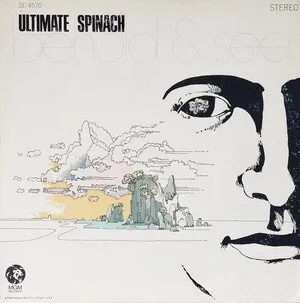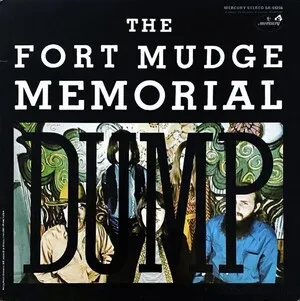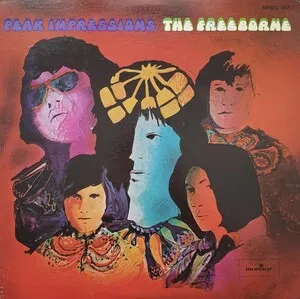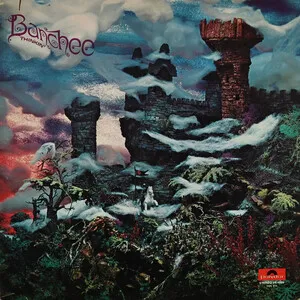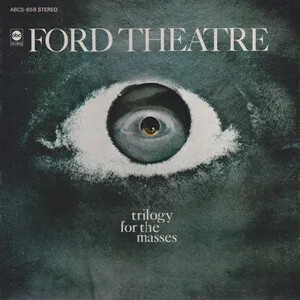
The Bosstown Sound was a late‑1960s, Boston‑centered wave of studio‑polished psychedelic rock and pop that was promoted as an East Coast counterpart to the San Francisco Sound.
Musically, it blended folk‑rock, garage grit, and blues‑rock foundations with baroque‑pop orchestration, lush harmonies, and period studio effects (phasing, tape echo, heavy reverb). Compared with the jam‑heavy West Coast bands, Bosstown groups tended to favor tighter song structures, melodic hooks, and arranged textures.
Although remembered as a marketing label coined and amplified by record companies (notably MGM) and producer‑arranger Alan Lorber, the records themselves form a distinct snapshot of urban, orchestrated psychedelia with a slightly melancholic, literate East Coast sensibility.
Boston’s club and coffeehouse circuit nurtured a crop of psychedelic and folk‑rock groups in 1967–1968. Producer‑arranger Alan Lorber and MGM Records spearheaded a coordinated push to brand this activity as the “Bosstown Sound,” positioning it as an East Coast rival to the San Francisco Sound. Early flagship albums included Ultimate Spinach’s self‑titled debut and Beacon Street Union’s The Eyes of the Beacon Street Union, with parallel signings and releases from Orpheus, Chamaeleon Church, and others.
The campaign featured heavy national advertising and press pitches, emphasizing Boston’s colleges, arts scene, and supposed unified style. Critics quickly accused the label of being more hype than reality, arguing that the bands were diverse and that the “sound” lacked a true grassroots identity. Major outlets (including Rolling Stone) pushed back, and the Bosstown banner became a liability for some groups, overshadowing their music. Despite the backlash, several acts made notable records and modest chart inroads (e.g., Orpheus’s “Can’t Find the Time”).
By 1969 the marketing push had faded, but the recordings endured as artifacts of orchestrated, studio‑crafted psychedelia. Over time, collectors and historians reassessed the scene’s output—valuing its tuneful writing, layered arrangements, and distinct East Coast mood. While Bosstown was less a unified style than a moment in time, its blend of concise songcraft and psychedelic color foreshadowed later revivals of neo‑psychedelia and 1980s paisley underground.
Aim for concise psychedelic songs rather than extended jams. Combine folk‑rock chord movement and bluesy inflections with ornate, baroque‑pop colors. Keep arrangements deliberate and layered, favoring strong hooks over improvisational sprawl.

